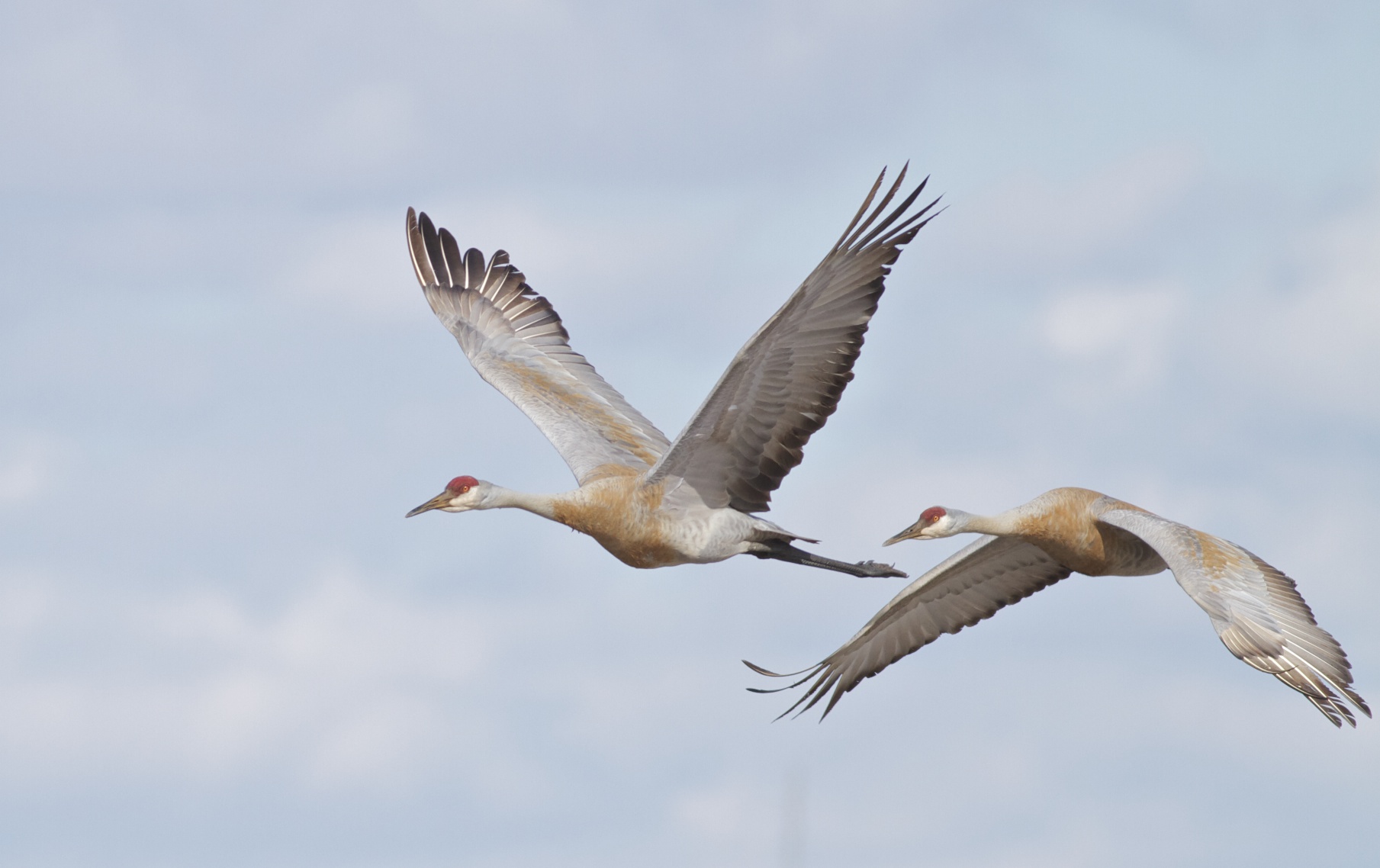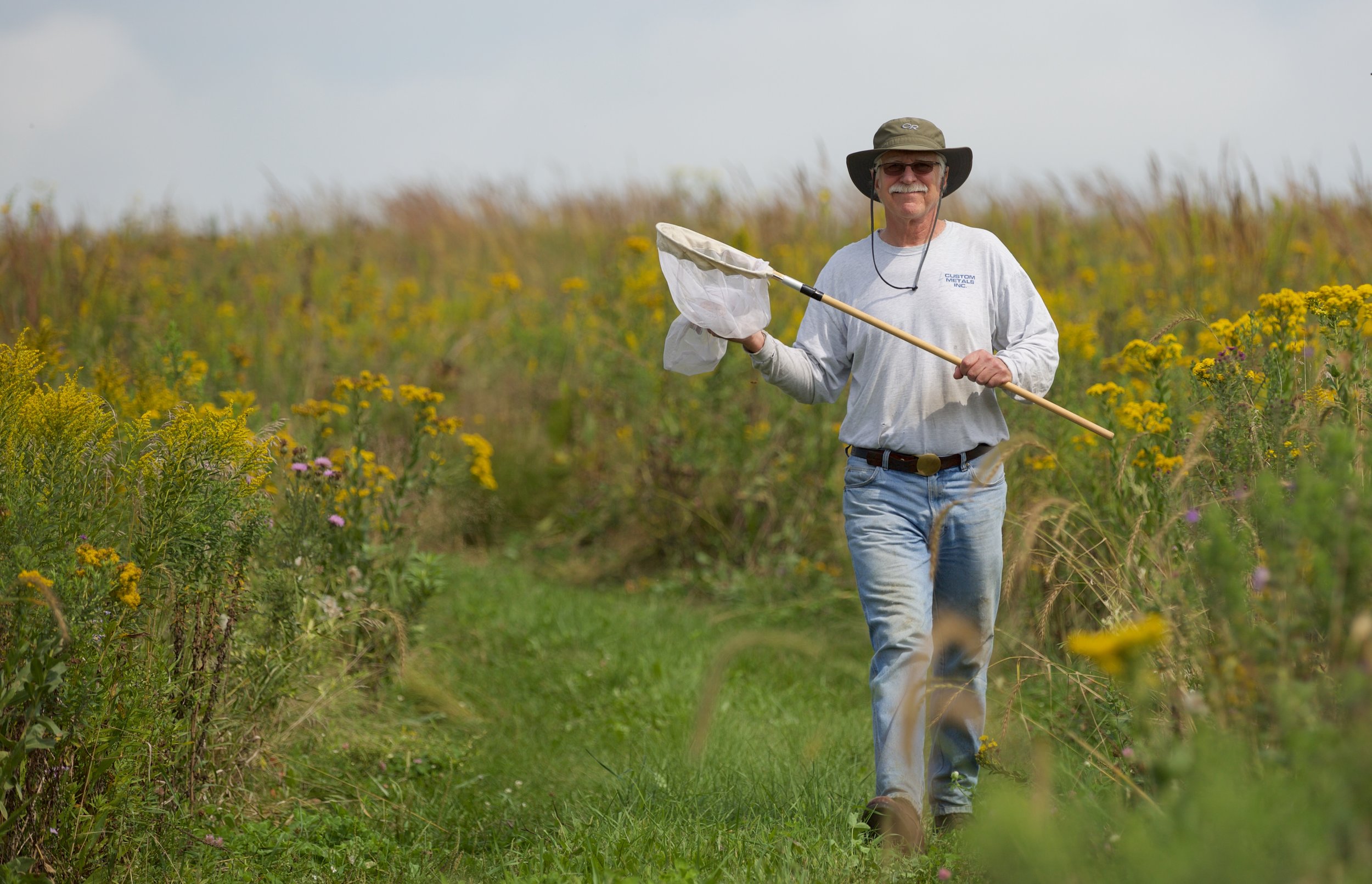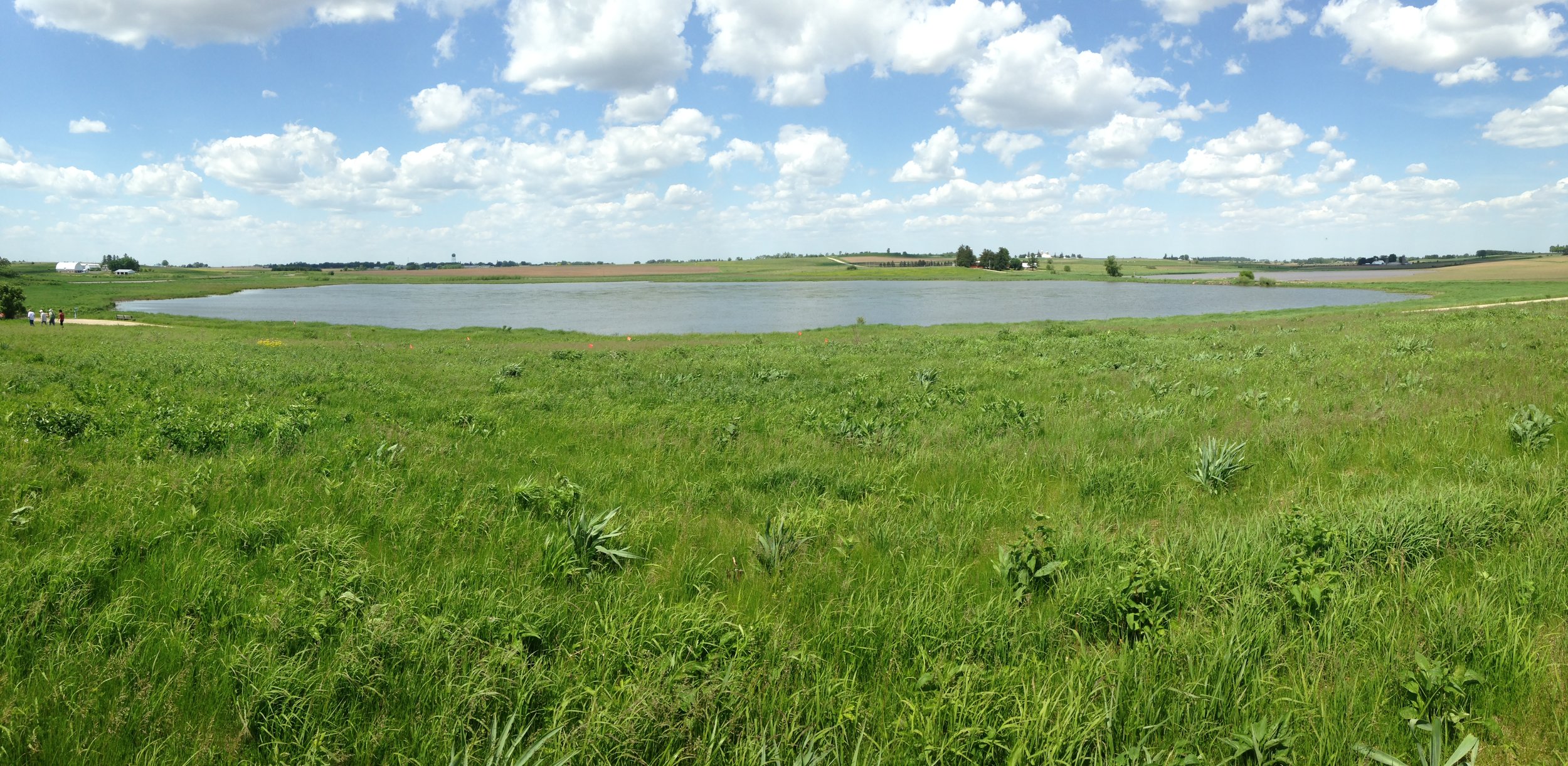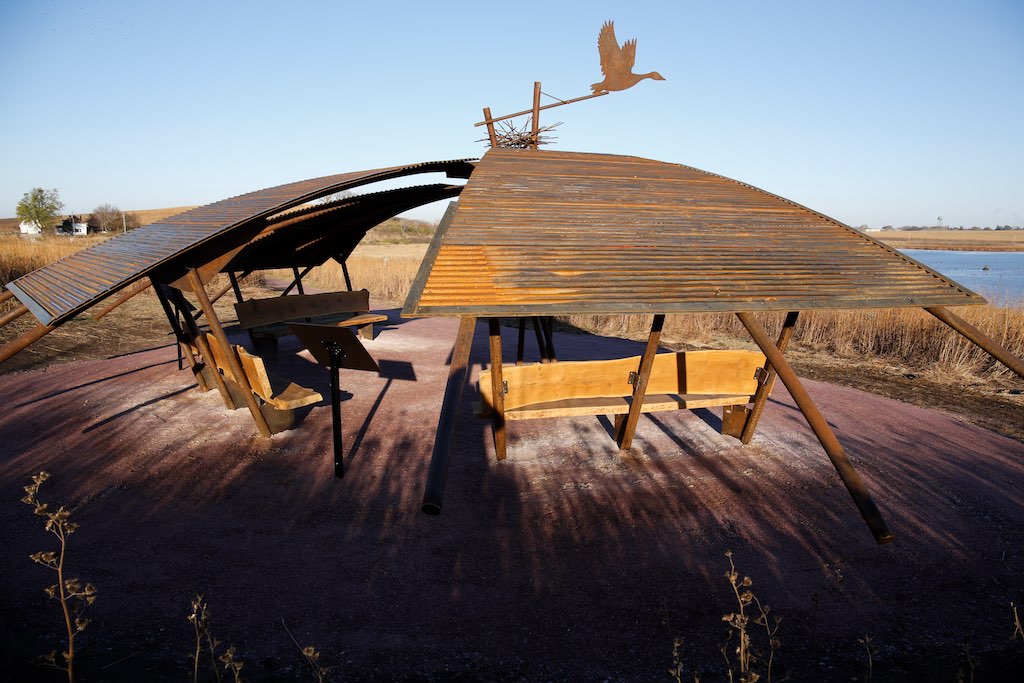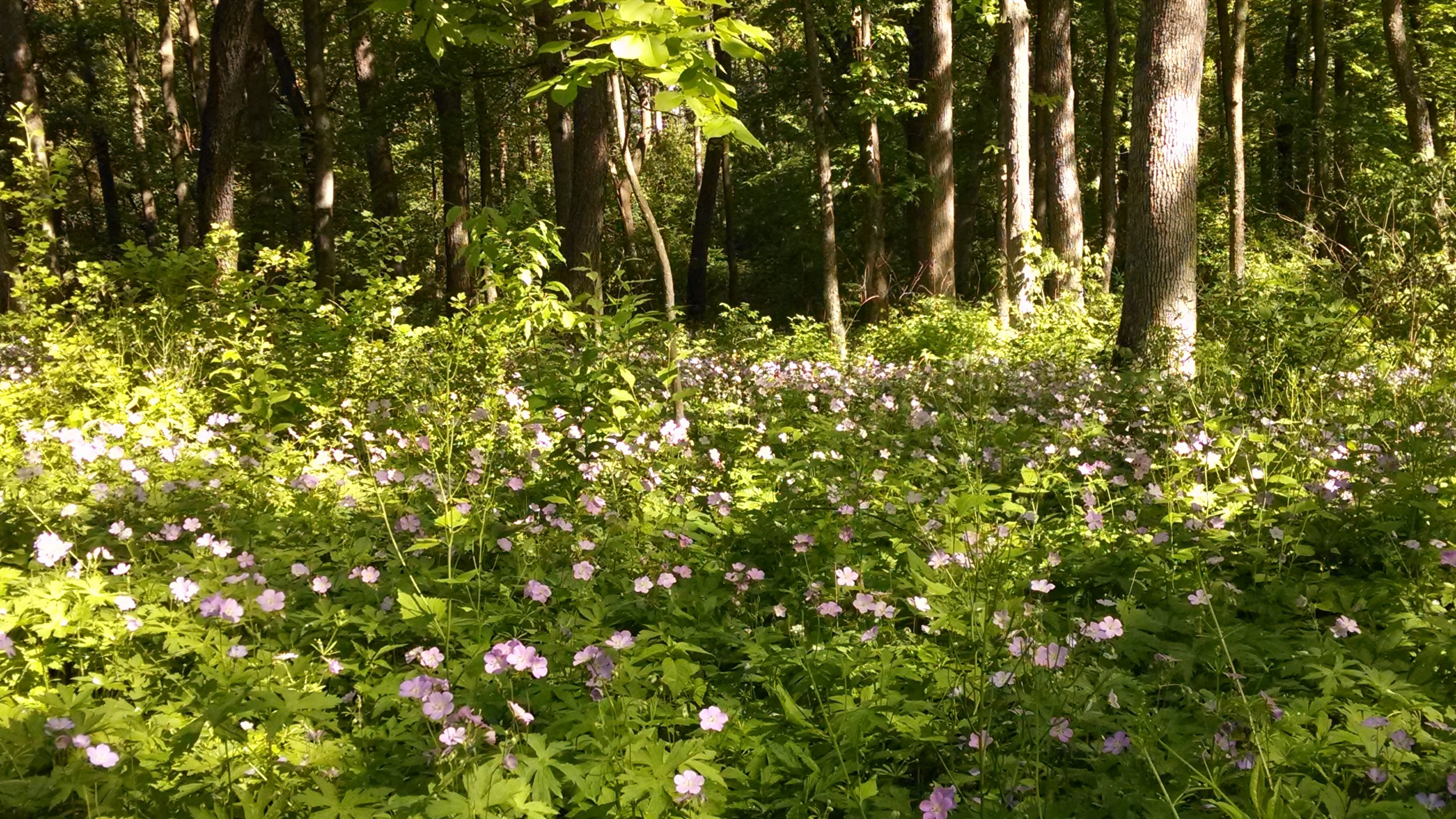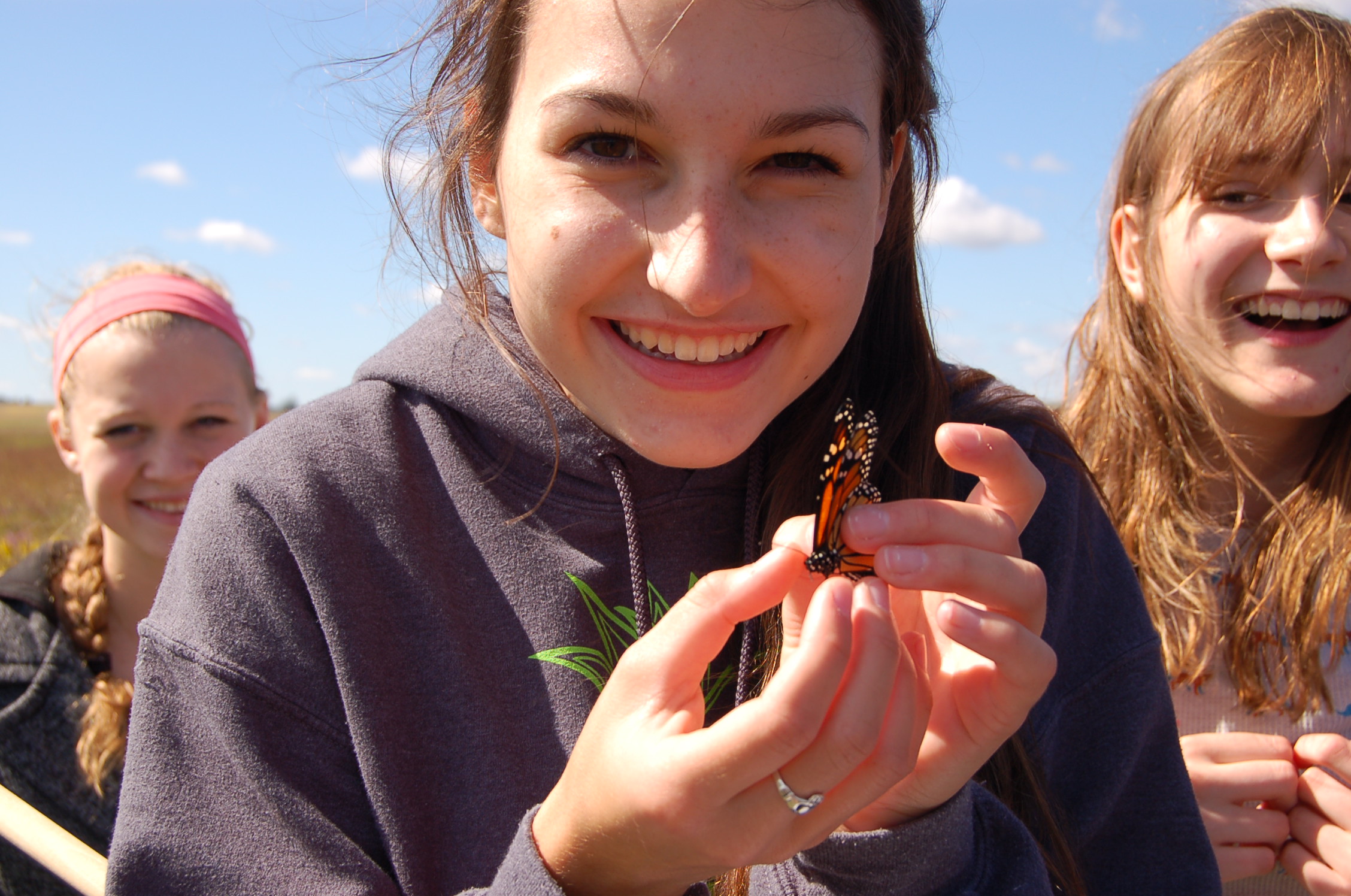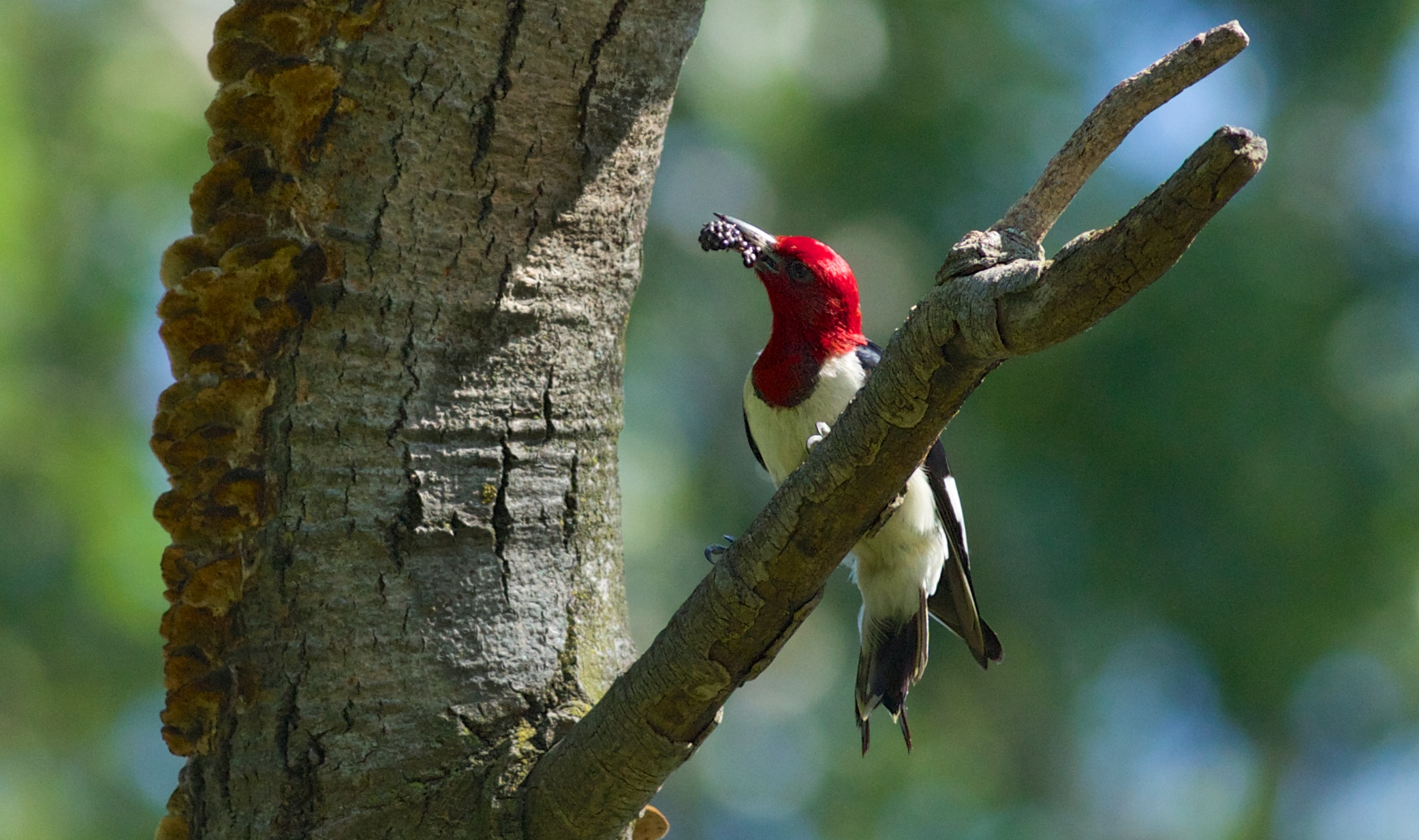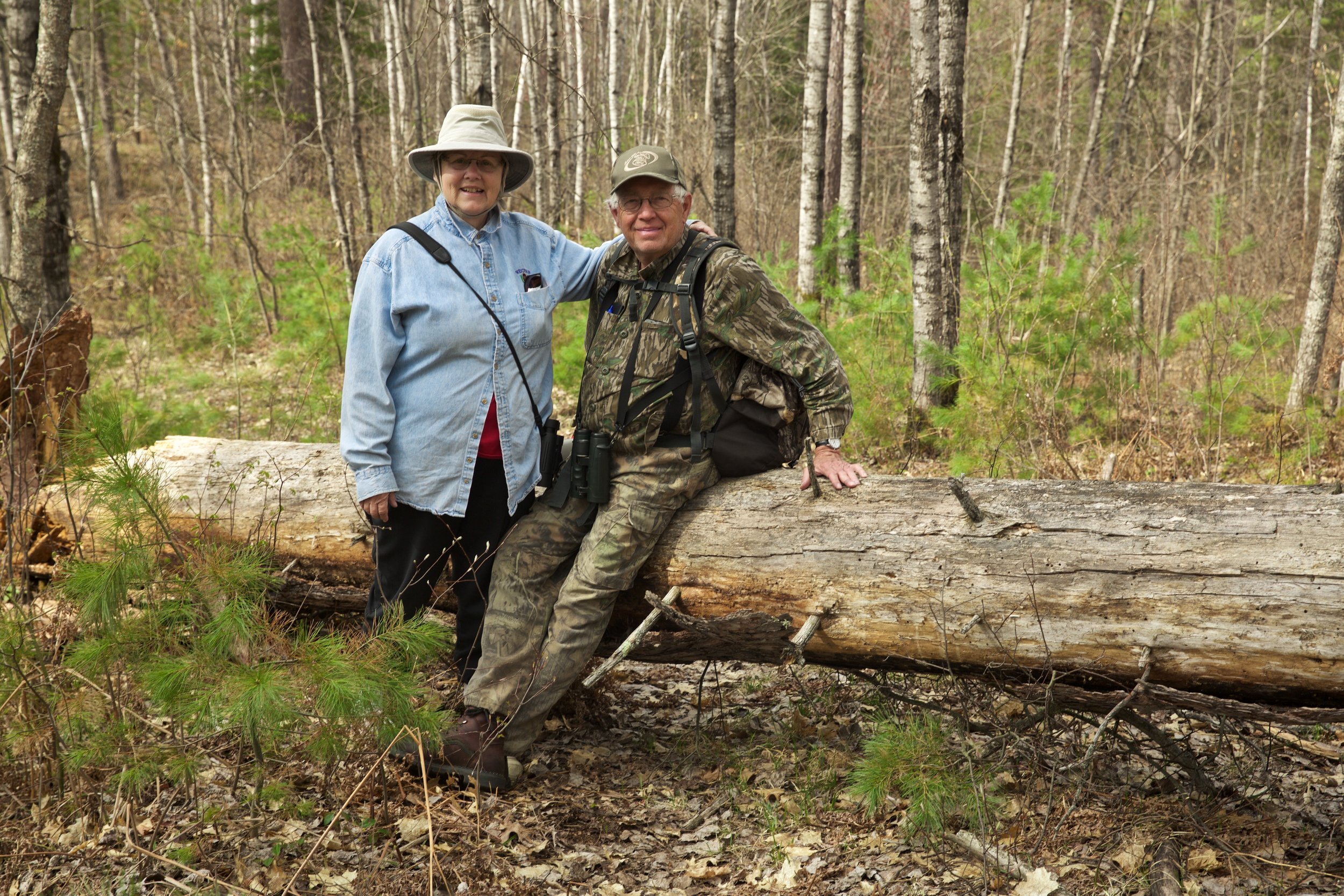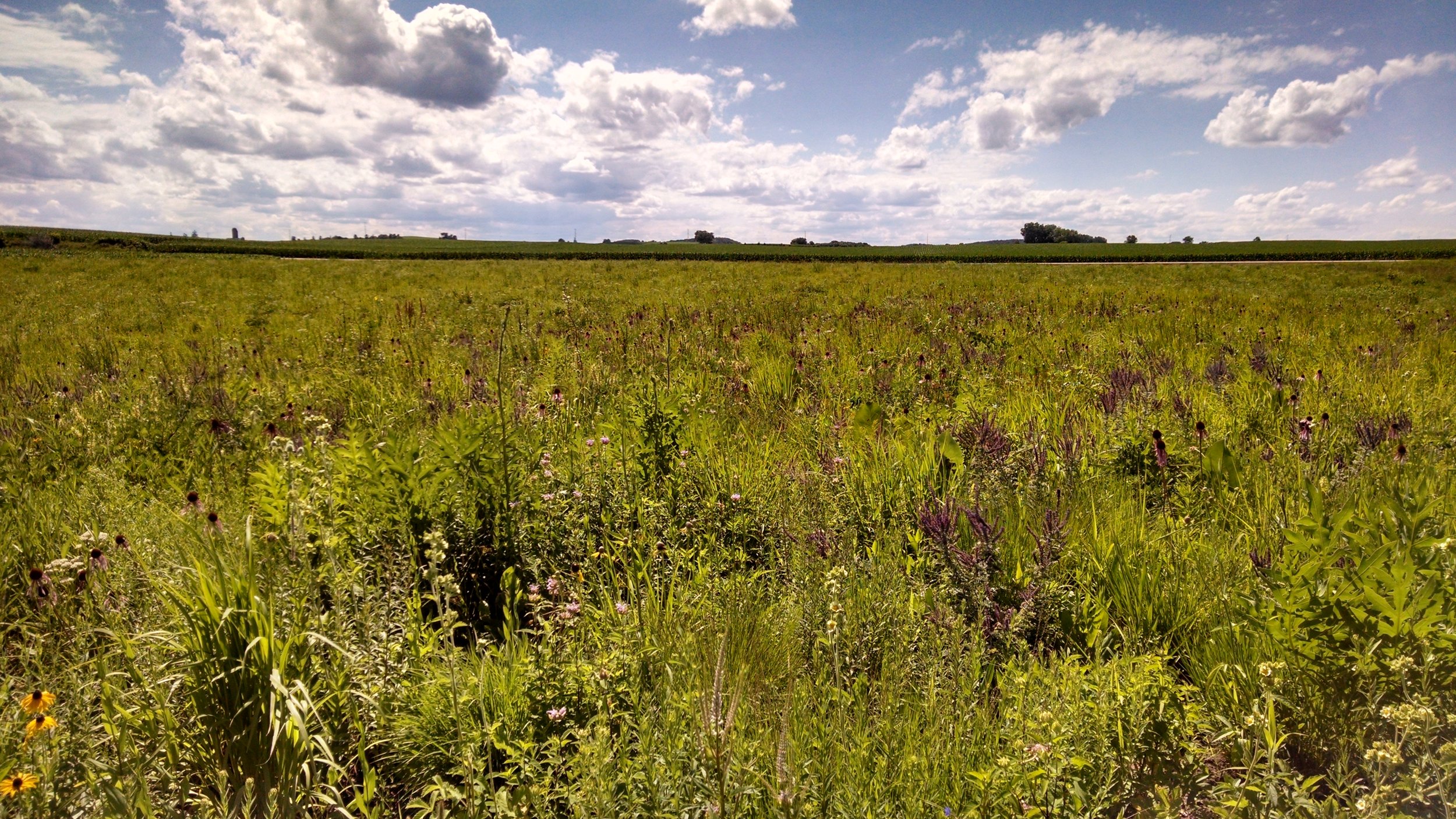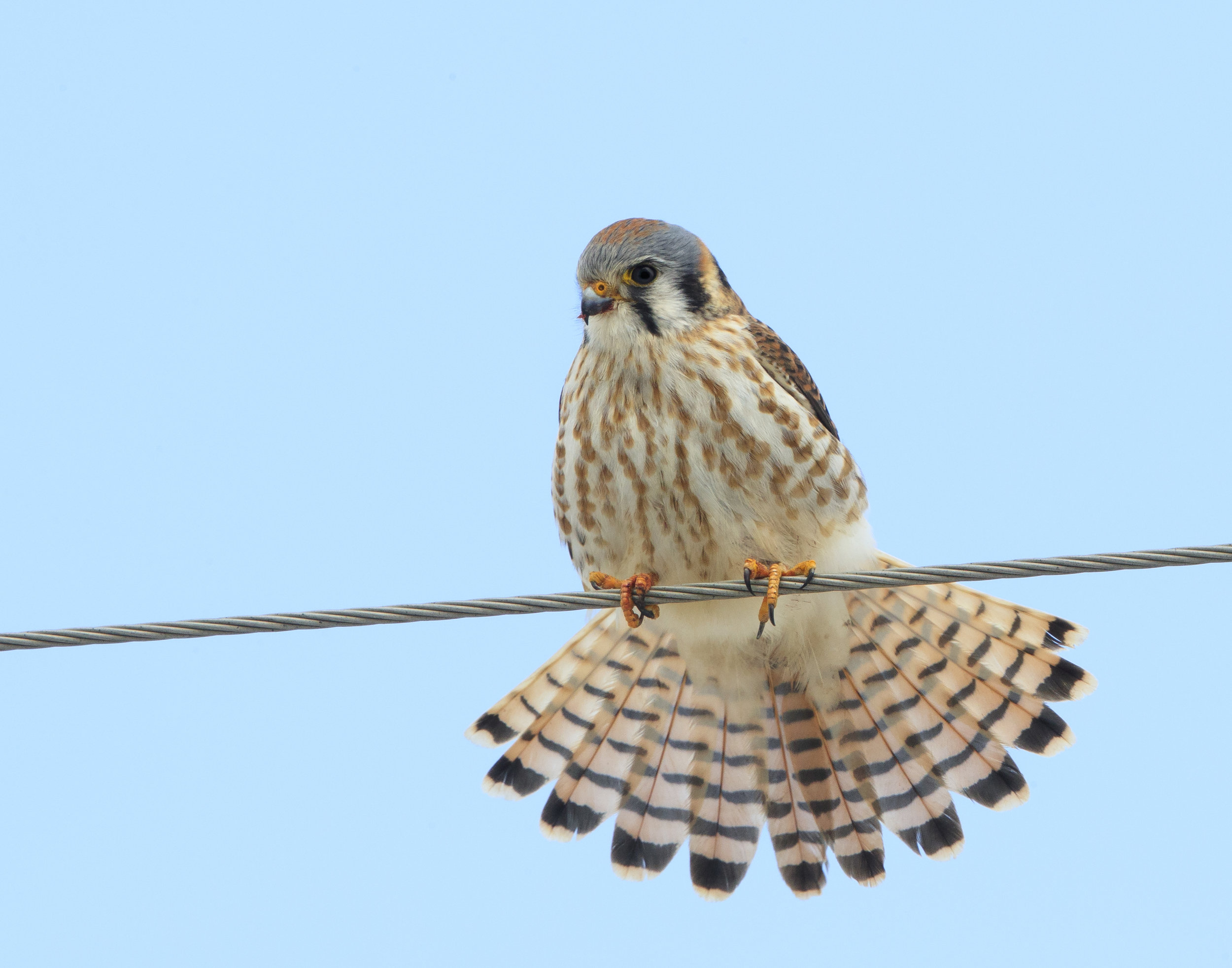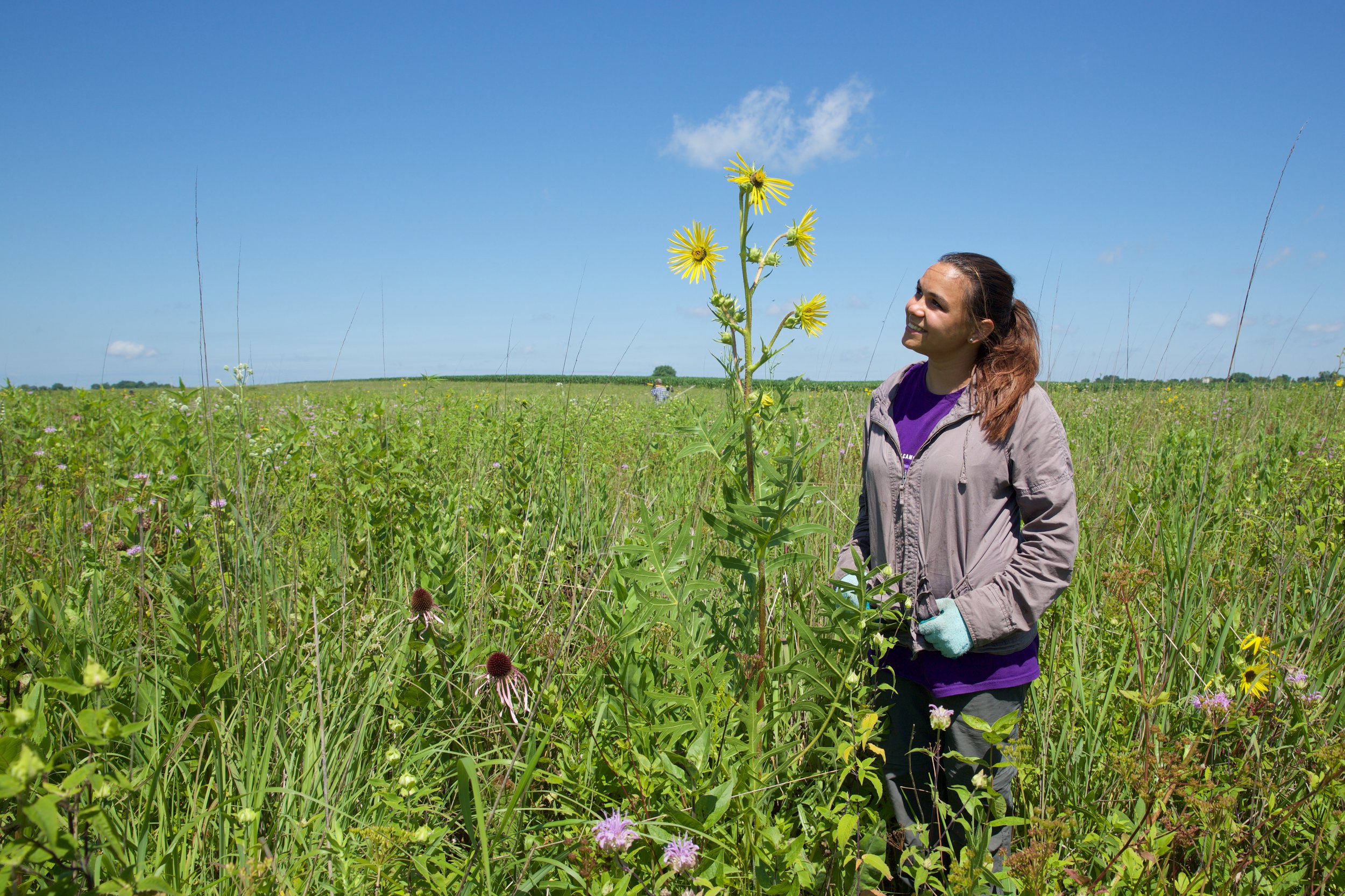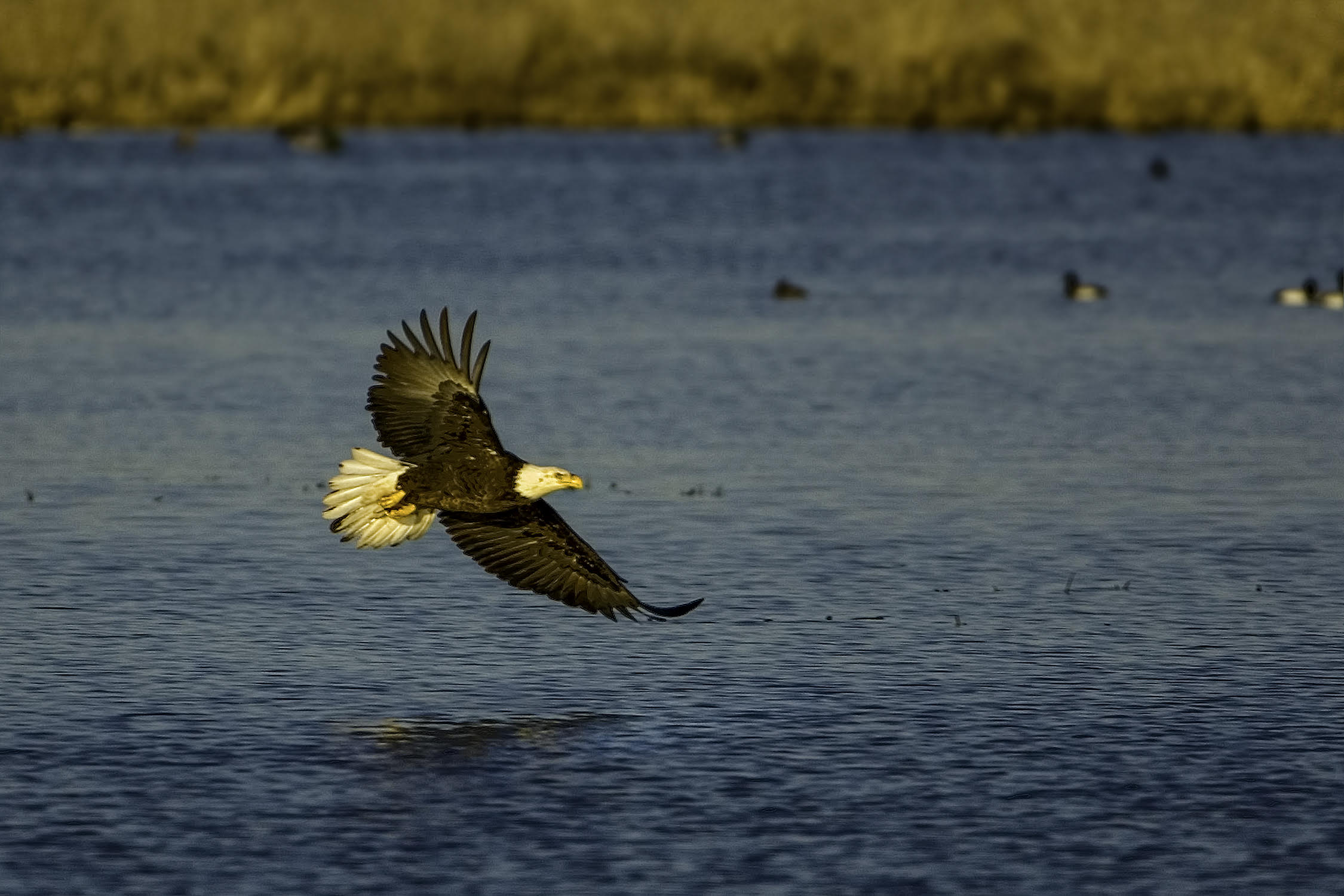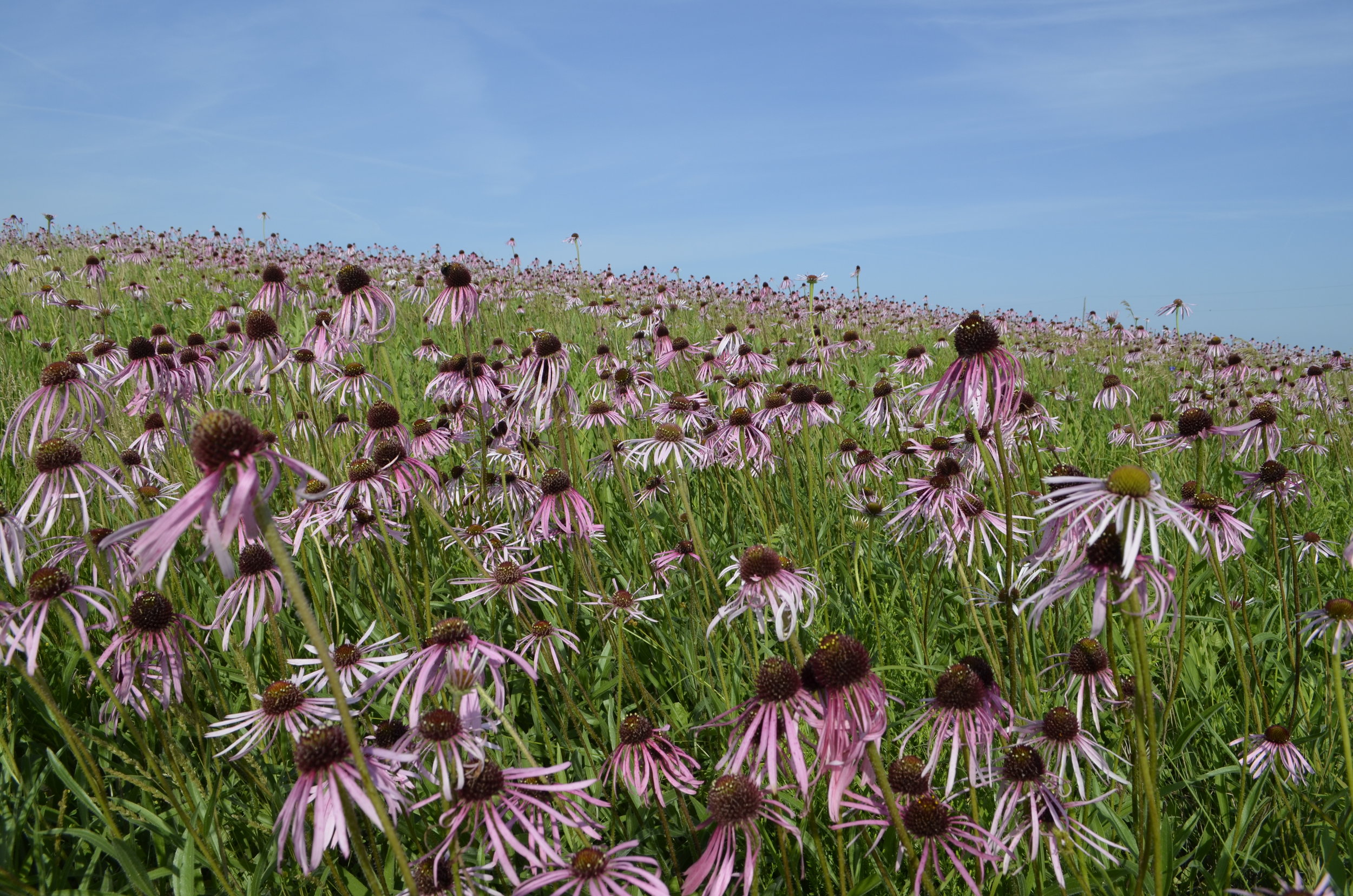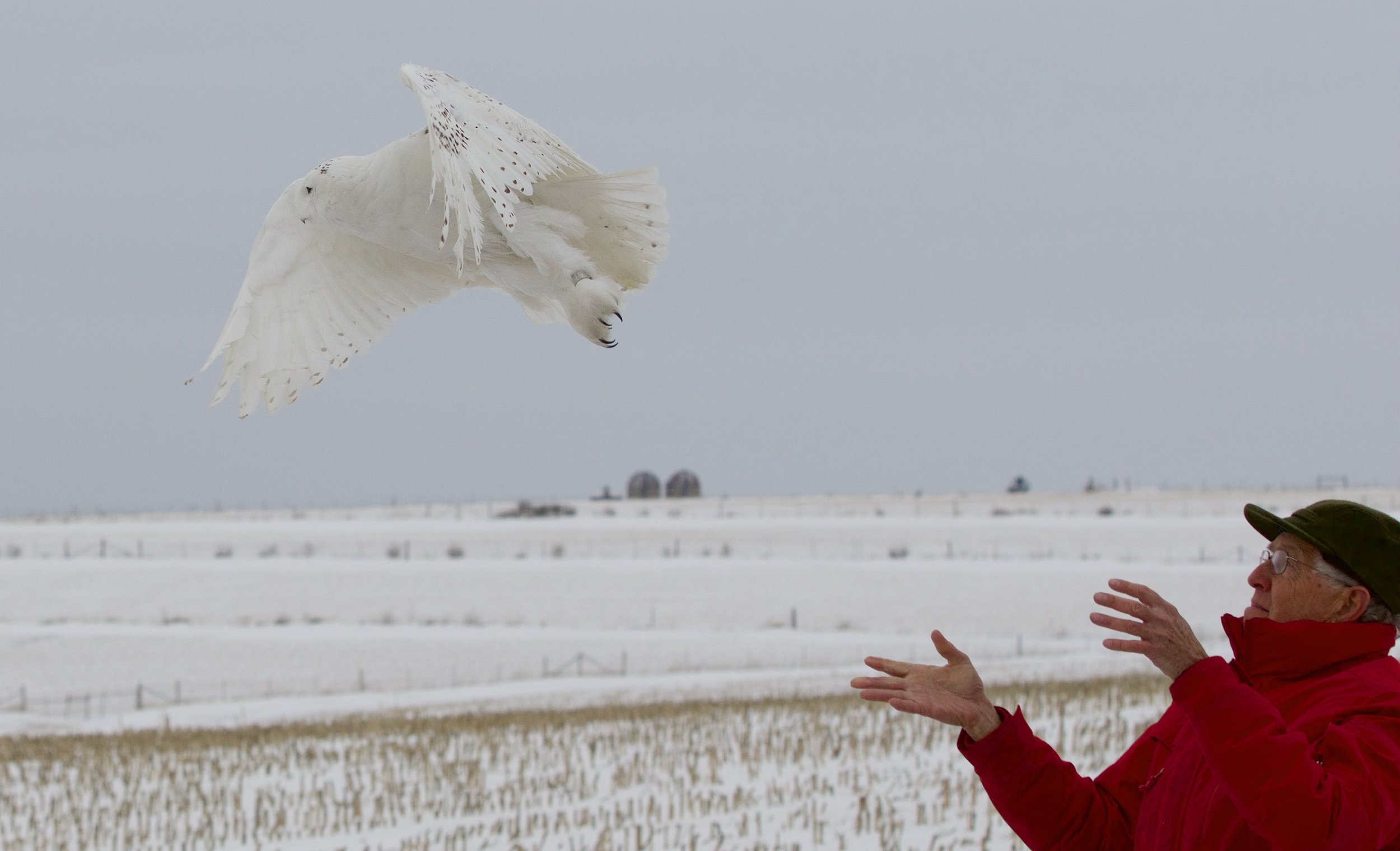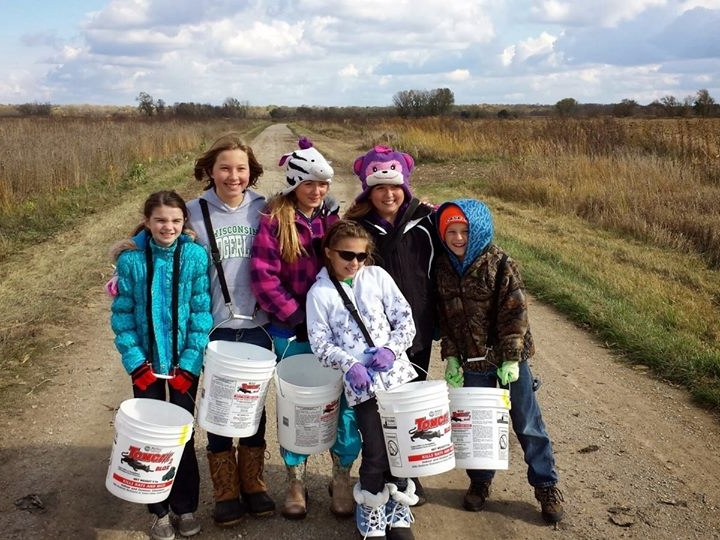Goose Pond Sanctuary Celebrates 50 Years!
Time flies when you're having fun
One can't talk about conservation in southern Wisconsin without recognizing Goose Pond Sanctuary. With a 40 acre prairie pothole serving as a critical stopover for migrating birds, 400 acres of restored mesic prairie providing a valuable food and water source for resident wildlife, and numerous field trips and events to create a memorable meeting place for nature lovers all over the region, it's no wonder this place has garnered the support of thousands of donors, volunteers, and visitors each year. We thank you -- all of you -- who have come to know and love Goose Pond Sanctuary for helping us grow from a 60 acre purchase in 1968 to 660 acres of restored prairie and wetlands today.
Click on the left and right arrows below to see more Goose Pond Sanctuary photos.
A SNAPSHOT OF TIME
2000: Willy Hutcheson saw six species of geese at one time on Goose Pond.
2002: MAS led the opposition to defeat an ethanol plant in the Arlington industrial park that prevented excessive water from the plant from entering Goose Pond.
2003: The Village of Arlington annexed 116 acres of the former Delmonte land from the Town of Arlington and rezoned it for 168 residences.
2004: MAS’s bid of $1,500,000 was accepted for the 116-acres that became the Lapinski-Kitze Prairie.
2007: MAS completed the second purchase of the Kampen Road residence and farmland from Yelk family, formerly owned by Jungemans.
2007: The Department of Natural Resources designated Goose Pond Sanctuary and other wetlands as part of the Northern Empire Prairie Wetlands Important Bird Area. Goose Pond Sanctuary is also on the list on National Audubon Important Birding Areas.
2017: The pileated woodpecker was added to the bird list, bringing the total to 260 species.
2017: The John Kaiser family provided matching funds for Wingspan, which was dedicated in honor of Mark and Sue and the Kaiser Family.
2017: Heather Inzalaco documented 51 bird species and 1,663 pairs of birds nesting on the property.
1960s: Robert Lerch, duck hunter and owner of part of the west pond, worked with WDNR to establish a two-square mile waterfowl refuge.
1966: Wildlife refuge was dissolved in a court action that resulted from a neighbor who deliberately shot a duck on the east pond.
1968: At the request of the Lerch family, MAS purchased their 60 acre farm for $30,000 using funds from members, National Audubon Society, and Ducks Unlimited.
1970: WDNR designated 81 acres as Audubon Goose Pond State Natural Area #86.
1970: Evelyn Werner became the first resident manager at Goose Pond Sanctuary.
1976: Ruth and Oliver Wynn became resident managers.
1976: Bicentennial Prairie was planted to honor Goose Pond volunteers.
1978: Forty acres was acquired from the Rudolph Jungeman family that included the rest of the west pond.
1978: Laura Erickson compiled Goose Pond bird checklist of 223 species.
1979: Mark Martin and Susan Foote-Martin became resident managers.
1991: MAS secured the first non-profit Knowles-Nelson Stewardship Grant to help acquire Sue Ames Prairie.
WAYS TO CELEBRATE GOOSE POND SANCTUARY THIS YEAR
For the love of birds
Sandhill cranes. Photo by Monica Hall
Amazing changes have taken place at Goose Pond Sanctuary in the half-century since Madison Audubon’s board and donors took a giant leap and purchased the first 60-acre tract of land. Today, the sanctuary encompasses 660 acres of protected habitat, including the entire 40-acre west pond, 20 acres of restored wetlands, and over 400 acres of restored mesic prairie, the rarest prairie habitat in the Midwest.
Had Madison Audubon not taken that bold first step, the pond would likely be hunted each fall, driving waterfowl away, an ethanol plant would discharge large amounts of warm water into the pond daily, 168 homes would dot the Lapinski-Kitzie Prairie, and the remaining uplands would grow corn and soybeans instead of nodding, buzzing, singing prairie.
BLASTS FROM THE PAST
"The biggest project ever for MAS!" MAS Newsletter, October 1967
"Robert and Helen Lerch: originators of the Goose Pond refuge", MAS Newsletter, December 1994
Banner photo by Monica Hall


